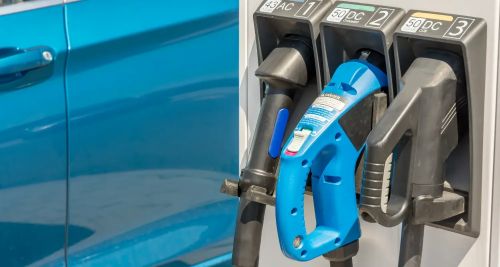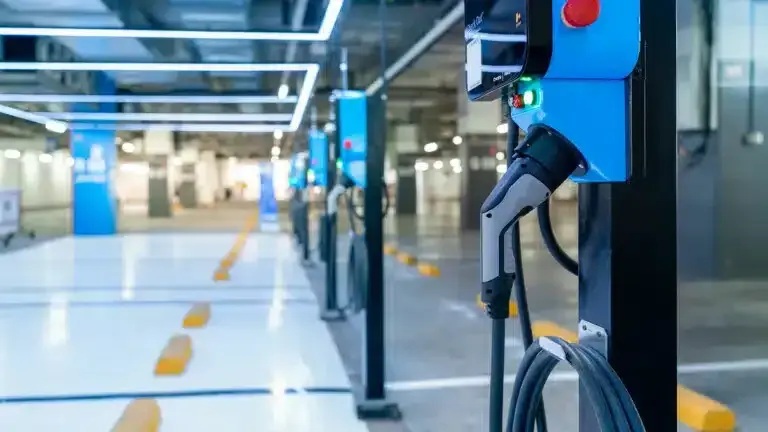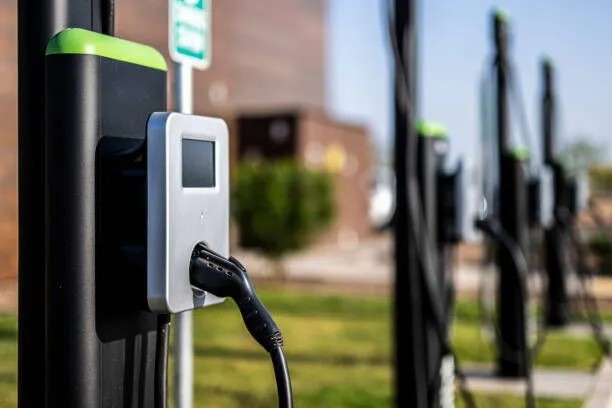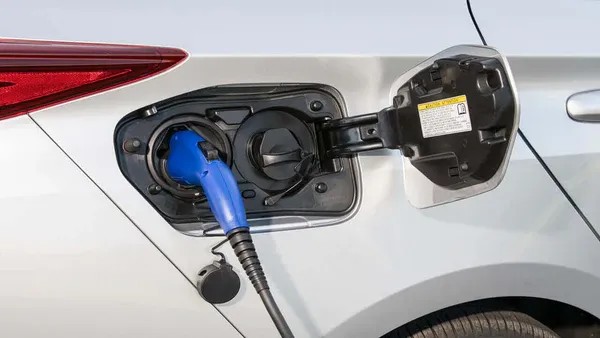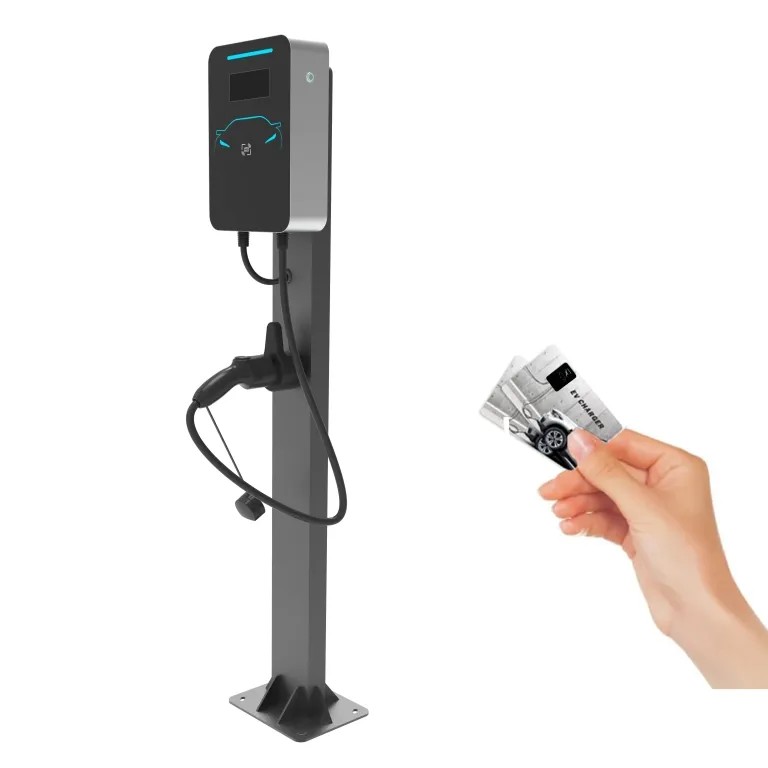What Is EV Charging & How Does it Work?
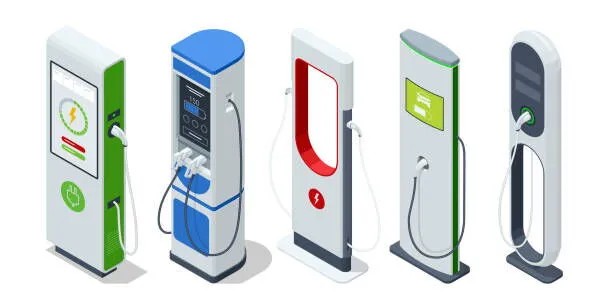
Strong 8k brings an ultra-HD IPTV experience to your living room and your pocket.
Introduction
As electric vehicles (EVs) gain popularity, understanding how EV charging works becomes increasingly important. Whether you’re already an EV owner, considering making the switch, or simply curious about the technology, learning the basics of EV charging helps you make smarter decisions. In this article, we’ll cover how EV charging works, the different types of chargers, and what each option means for your driving experience.
What Is an EV Charger?
An EV charger is a device that supplies electricity to recharge an electric vehicle’s battery. Unlike gasoline-powered cars, EVs rely entirely on rechargeable batteries for power. These batteries must be recharged regularly, and EV chargers serve as the essential bridge between your vehicle and the electric grid.
EV chargers come in various types, each with different power outputs, charging speeds, and use cases. Their main function is to safely and efficiently transfer energy from a power source to your vehicle’s battery, ensuring you're always ready to hit the road.
How Does EV Charging Work?
1. Plugging In
Charging starts by connecting your EV to a charger via a compatible connector. EVs have standardized charging ports, and most chargers come with cables that match those standards.
2. Power Transfer
Once connected, electricity flows from the power source—either a home outlet or a public station—into the EV’s battery through the cable.
3. Battery Management
The car’s Battery Management System (BMS) monitors and regulates the charging process to protect the battery. It communicates with the charger to adjust the power flow, ensuring efficiency and safety.
4. Charging Levels
Charging speed varies depending on the power level of the charger. EV charging is generally divided into three levels: Level 1, Level 2, and DC Fast Charging (Level 3), each offering different speeds and voltage requirements.
5. Charging Completion
Once the battery is fully charged—or reaches a preset level—the charger automatically stops the power flow. Many EVs also support scheduled charging, allowing you to delay charging to off-peak electricity hours.
Types of EV Chargers
Level 1 Chargers
Power Source: 120-volt standard household outlet
Charging Speed: Adds 2–5 miles of range per hour
Installation: No installation required; included with most EVs
Connector: J1772 or Tesla connector
Best Use: Overnight home charging for short daily commutes
Level 1 is the most accessible charging method, perfect for plug-in hybrids or EV owners with low daily mileage needs.
Level 2 Chargers
Power Source: 240-volt outlet (similar to one for a dryer or oven)
Charging Speed: Adds 10–60 miles of range per hour
Installation: Requires a professional electrician
Connector: J1772 or Tesla connector
Best Use: Home charging, commercial and public stations
Level 2 chargers offer a balance between speed and convenience. They’re widely used in homes and public spaces like malls, offices, and parking garages.
DC Fast Chargers (Level 3)
Power Source: 480V+ direct current
Charging Speed: Charges up to 80% in 20–30 minutes
Installation: Commercial use only; not suitable for home use
Connector: CCS1, CHAdeMO, or Tesla Supercharger
Best Use: Long-distance travel and quick top-ups
These chargers are commonly found along highways and high-traffic urban areas, allowing EV drivers to recharge quickly during road trips.
Ultra-Fast Chargers
Power Source: Higher-capacity DC connections
Charging Speed: Can charge some EVs in under 15 minutes
Use Case: Next-gen EVs, fleets, and high-demand travel corridors
Ultra-fast chargers are the future of EV charging, built to support vehicles with larger batteries and faster charging capabilities.
EV Charging Comparison Table
Level Type of Current Voltage Connector Charging Time (Empty to Full) Use Case
Level 1 AC 120V J1772 / Tesla 11–20 hours Home, overnight
Level 2 AC 240V J1772 / Tesla 3–8 hours Home, public
DC Fast (Level 3) DC 480V+ CCS1 / CHAdeMO / Tesla 30–60 minutes Highways, travel
Ultra-Fast DC 800V+ CCS2 / Tesla 10–15 minutes Future-ready EVs
Conclusion
EV charging is an essential part of owning and operating an electric vehicle. With a growing variety of chargers available—from slow, overnight options to ultra-fast, highway-ready stations—EV owners have more flexibility and convenience than ever before.
By understanding how EV charging works, you can better plan your charging routine, choose the right equipment, and enjoy the benefits of driving a clean, energy-efficient vehicle.
Note: IndiBlogHub features both user-submitted and editorial content. We do not verify third-party contributions. Read our Disclaimer and Privacy Policyfor details.



